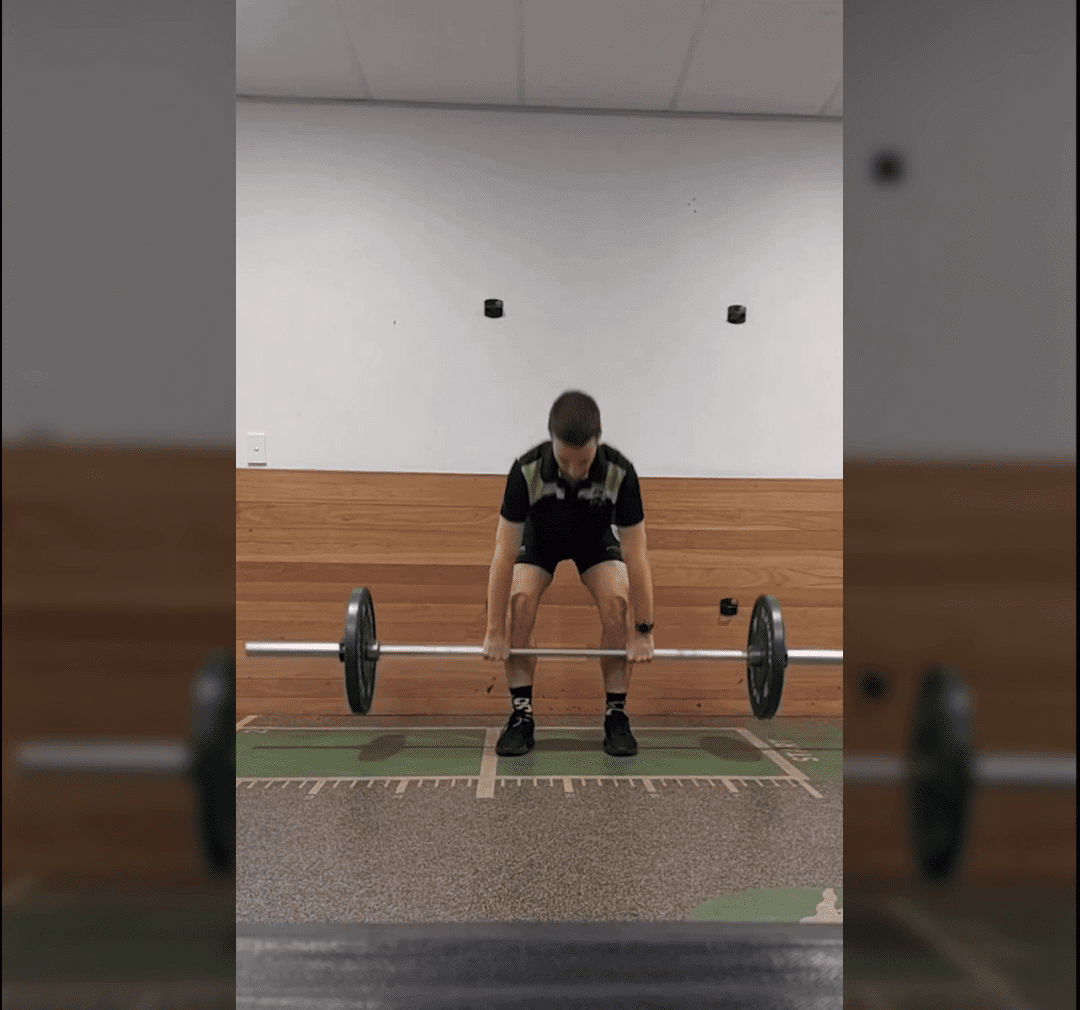Keeping the bar close
The most important point is keeping the bar close to your body: the reason we do this is due to torque.
Torque is a rotational force, when we lift any weight there is a force applied on our body and this increases with distance further away from your body. A good example of this is lifting a weight above your head as you normally would by bending your arm, and then trying to do the same thing but with a straight arm the whole time, it’s way harder! Torque is the reason for this.
Let’s calculate torque for a 40kg deadlift.
Torque = force x distance
Torque = 400 x distance
In this case our force is the mass you are lifting (40kg) times gravity (we’ll use 10m/s for simplicity). This won’t change over our lifting session unless we add more weight to the bar. What can change is the distance the bar is from our body. If you move the bar from touching your body to 10cm or 0.1m further out you are increasing the torque by 400 x 0.1 = 40Nm.
This works out to the equivalent of adding 4kg to the bar and this load all goes on your back and hip extensors. Doesn’t sound like much, but when you start lifting heavier this number would get bigger – at 100kg deadlift this would be an extra 10kg!
So, keep the bar close to your body, ideally running it up along your shins, over your knees and onto the front of your hips. Sometimes this can cause irritation on the front of the shins so some people like to wear calf sleeves or long socks for deadlifting. Keeping your weight on your heels helps to keep your weight back, keeping the bar close to your body.
Keep a wide grip
Grip should be just on the outside of the legs. We do this so that your arms are straighter and this means that the load isn’t taken through
your arms but rather through the larger muscle groups in your legs; particularly your glutes, hamstrings and quadriceps. Your arms should remain straight and you should aim to keep your shoulder blades down to avoid shrugging your shoulders to get the bar up.
Use your glutes
Another way to reduce the force on your back is to produce more force elsewhere. Our gluteals are the largest muscles in our body and as such are capable of producing large forces. Some good ways to make sure these muscles are firing to produce more force are: gluteal primers such as focusing on squeezing your buttocks at the top of the lift and gripping/ twisting your feet outward into the floor to activate the gluteals more.
So get out there and get deadlifting!! Keep that bar close to your body to keep you out of pain and in the gym! Work the gluteals to take the load from the back and grip wide of your legs so the load is through your legs not your arms. Drive through those heels to maintain balance and help keep the bar on your shins!
If you are still worried about deadlifting, have trouble activating your gluteal muscles or just want someone to look at your technique book in today with one of our physiotherapist coaches for an assessment!
Cameron Gillespie
Physiotherapist and Coach
PEAK Sports And Spine Centre
Let's get started — How can we help?
Physiotherapy
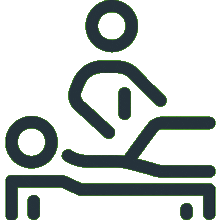
Chiropractic
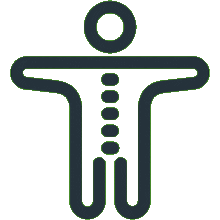
Podiatry
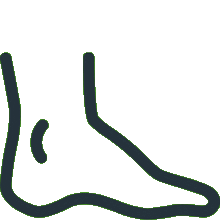
Massage Therapy
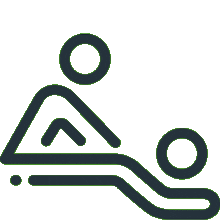
Women's Health Physiotherapy

Running Program Tailored To Your Goals
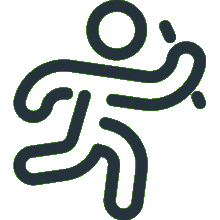
Joint Mobilisation
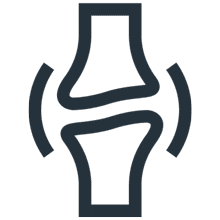
Active Release Technique
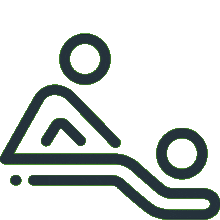
Exercise Prescription
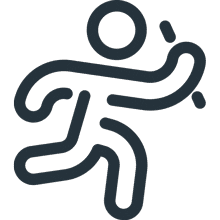
Real Time Ultrasound Imaging
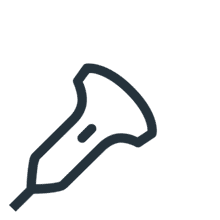
Spinal Manipulation
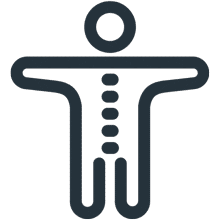
Functional Movement Screen
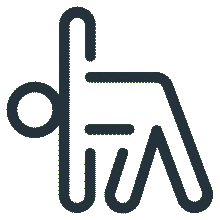
Knee Pain Treatment

Hamstring Strain Treatment
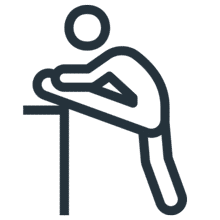
Hip Pain Treatment

Upper, Middle & Lower Back Pain

Neck Pain Treatment

Shoulder Pain & Rotator Cuff Tear

Can't find what you're after?
View all Services
Make an appointment
Or email the PEAK team at info@peakssc.com.au
Hawthorne
- Phone: (07) 3399 3318
- Fax: (07) 3319 6577
Address
5/171 Riding Road,Hawthorne, QLD, 4171 Get Directions
Opening Hours -
6 days per week
- Monday - Friday: 7:00 am - 8:00 pm
- Saturday: 7:00 am - 1:00 pm
To make a booking outside of business hours, please use our form by clicking here.
New Farm
- Phone: (07) 3399 4668
- Fax: (07) 3319 6577
Address
1/15 Lamington Street,New Farm, QLD, 4005 Get Directions
Opening Hours -
6 days per week
- Monday: 7:00 am - 8:00 pm
- Tuesday: 7:00 am - 8:00 pm
- Wednesday: 9:00 am - 8:00 pm
- Thursday: 10:00 am - 8:00 pm
- Friday: 7:00 am - 3:00 pm
- Saturday: 7:00 am - 3:00 pm
To make a booking outside of business hours, please use our form by clicking here.

